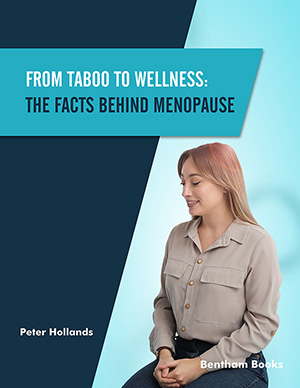Abstract
Introduction: The purpose of this systematic review was to reach a general conclusion regarding the effects of Lamiaceae plants on hirsutism by performing a meta-analysis of the clinical trials.
Methods: PubMed, Cochrane Library, Scopus Cochrane Central Register of Controlled Trials databases were searched and selected from the results of clinical studies to evaluate the effect of Lamiaceae plants on hirsutism.
Results: Three clinical studies were selected for meta-analysis. In the performed meta-analysis, changes in androgenic hormones levels were non-significant for total testosterone (TT) (SMD = -0.03; 95% CI [-0.68, 0.08]; P= 0.12) and significant for free testosterone (FT) (SMD = -0.85; 95% CI [- 1.45, -0.25]; P= 0.005). On the other hand, FSH level did not reduce (SMD = -0.39; 95% CI [-1.83, 1.06]; P= 0.60), while LH showed a marginally significant increase (SMD = 0.37; 95% CI [-0.007, 0.75]; P= 0.055). Ferriman – Gallway score did not show a remarkable change based on the metaanalysis of two studies (SMD = 0.89; 95% CI [-0.73, 2.51]; P= 0.28).
Conclusion: The results showed that the Lamiaceae family can reduce serum levels of some hormones and signs of hirsutism. However, they do not change signs of hirsutism.
Keywords: Hirsutism, lamiaceae, labiateae, sex hormones, FSH, analgesic.
[http://dx.doi.org/10.4067/S0717-95022011000300033]
[http://dx.doi.org/10.3923/rjmp.2012.203.213]
[http://dx.doi.org/10.5812/ijem.3644] [PMID: 23843810]
[http://dx.doi.org/10.4103/0019-5154.60342] [PMID: 20418968]
[http://dx.doi.org/10.1210/jc.2007-2437] [PMID: 18252793]
[http://dx.doi.org/10.1210/jcem-21-11-1440] [PMID: 13892577]
[http://dx.doi.org/10.1016/S0026-0495(97)90077-9] [PMID: 9258272]
[http://dx.doi.org/10.1201/b13411]
[http://dx.doi.org/10.1371/journal.pmed.1000097] [PMID: 19621072]
[http://dx.doi.org/10.1002/14651858.ED000142] [PMID: 31643080]
[http://dx.doi.org/10.1136/bmj.i4919] [PMID: 27733354]
[http://dx.doi.org/10.2174/138161208786404245] [PMID: 19075696]
[http://dx.doi.org/10.1002/ptr.2074] [PMID: 17310494]
[http://dx.doi.org/10.1002/ptr.2900] [PMID: 19585478]
[PMID: 23211454]
[http://dx.doi.org/10.1056/NEJMoa064725] [PMID: 17267908]













